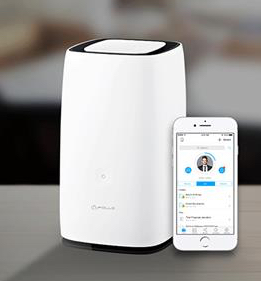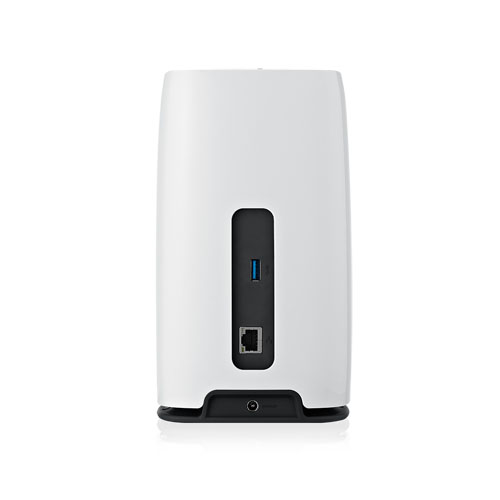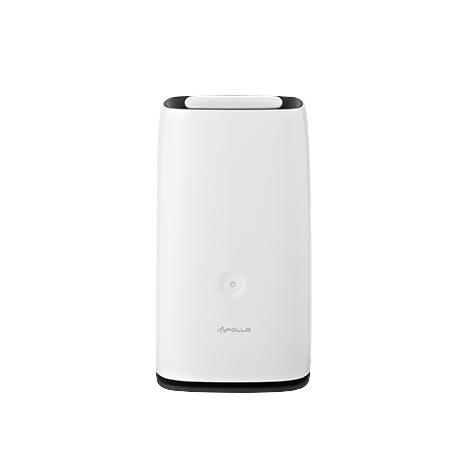
This is possibly one of the most innovative components of the Apollo Could 2 Duo as not only does it make transferring faster than attempting to transfer via your desktop to the Apollo Web Client for Mac or PC, but if you have multiple drives you need to move storage to, there are fewer chances files will be missed in efforts of transitioning all of your files via WiFi.Īll of your content is completely secure and can be encrypted to your liking. To the back of the Apollo Cloud 2 Duo are three female outputs, one for the AC adapter at the base, one for the Ethernet, and one USB port that is meant to both transferring files from a pre-existing hard drive to the Apollo or to expand the storage. On the front of the device, there’s not much to see other than the branding and a “power” button that it touch-sensitive that will illuminate green when connected to your router. Now I personally have my router in my laundry room, and luckily I had a free slot for the Apollo but if you worry about having space for your Apollo next to a router, I would make the proper adjustments. You receive the Apollo Cloud itself in its white color-way, the AC adapter for plugging into a power source, and an Ethernet cable which allows you to directly plug the Apollo into your home router. Once you’ve added a card, you can use Apple Pay in person by tapping your iPhone against a NFC pay terminal in a store, then confirm with Touch ID or Face ID.Inside of the box, everything is pretty straightforward. To set up Apple Pay, open the Wallet app and tap the plus (“+”) sign in the corner to add a credit or debit card, which you’ll need to have on hand. You can also use Apple Pay on supporting websites. If you left the house and forgot your credit or debit cards at home, you can purchase things easily using Apple Pay on your iPhone. RELATED: Share Apps, Music, and Videos with Apple Family Sharing on iPhone / iPad Pay Without Cards Using Apple Pay Apple

Once configured, everyone in your family will have access to shared content in the App Store and through other apps that support Family Sharing. To set it up, open Settings and navigate to Apple ID > Family Sharing, then follow the instructions.

Each member must have an Apple device and an Apple ID, and you all need to be in the same family group. That means people in your family won’t need to buy those items again. If your family uses Apple devices, you can take advantage of Family Sharing to share app, music, and movie purchases with your family. You can also add a Control Center shortcut that will let you toggle Low Power Mode quickly with a swipe and a tap.

To turn it on, open Settings, tap “Battery,” then toggle the “Low Power Mode” switch to the on position. When Low Power Mode is on, your iPhone will disable background tasks, reduce screen brightness, and your iPhone’s screen will darken faster when idle. If you find yourself running out of battery power before the end of the day, you can extend your battery life by turning on Low Power Mode.

AirDrop must be enabled and configured properly on both devices, but once you get the hang of it, you’ll wonder why copying files between devices hasn’t always been this easy. Then choose who you want to share with, and your files will be beamed wirelessly to the other device. To use it, open the Share sheet in almost any app (tap the square with the arrow coming up out of it), then select the AirDrop icon, which looks like a bunch of concentric circles with a wedge cut out of it.


 0 kommentar(er)
0 kommentar(er)
